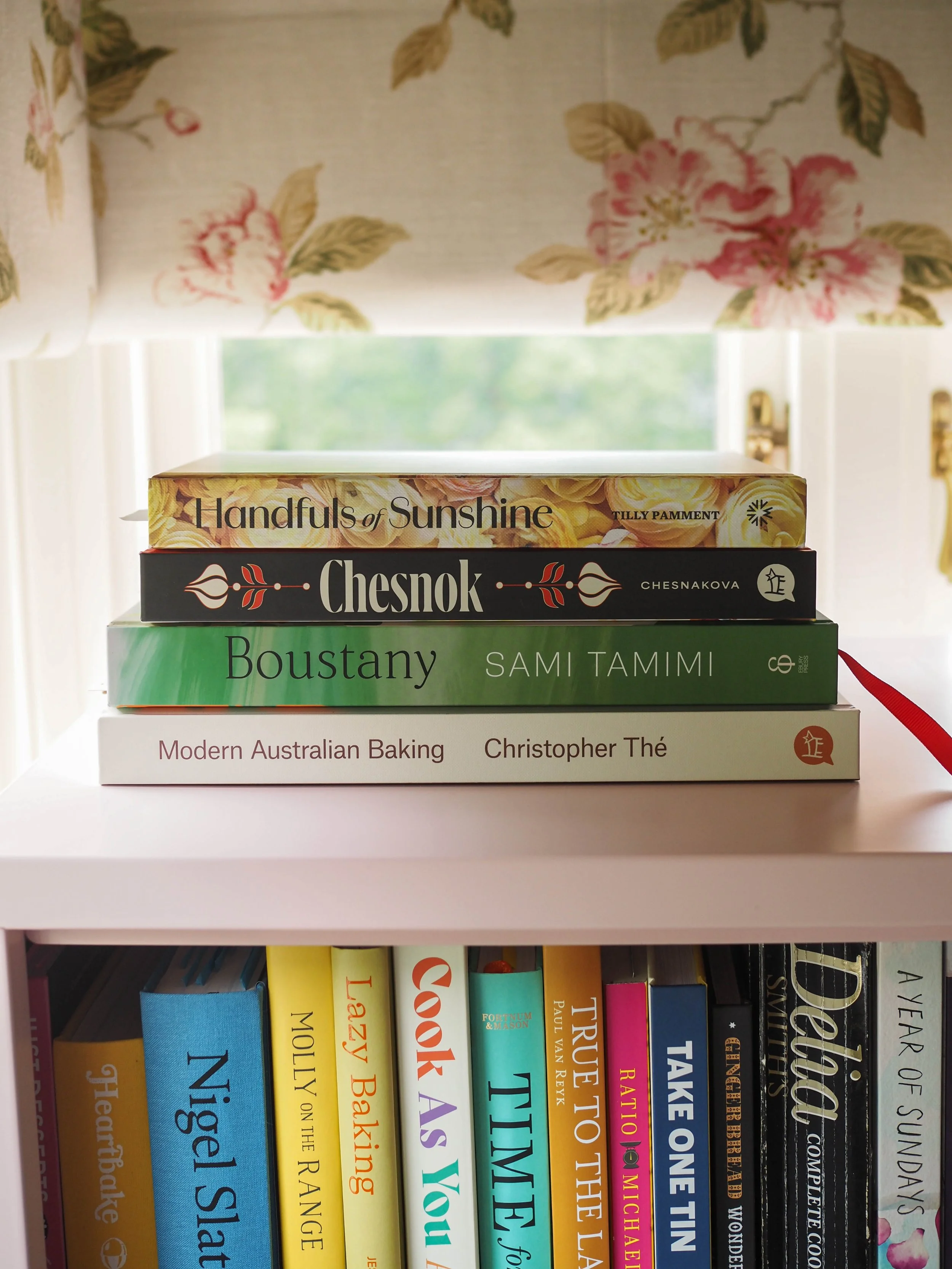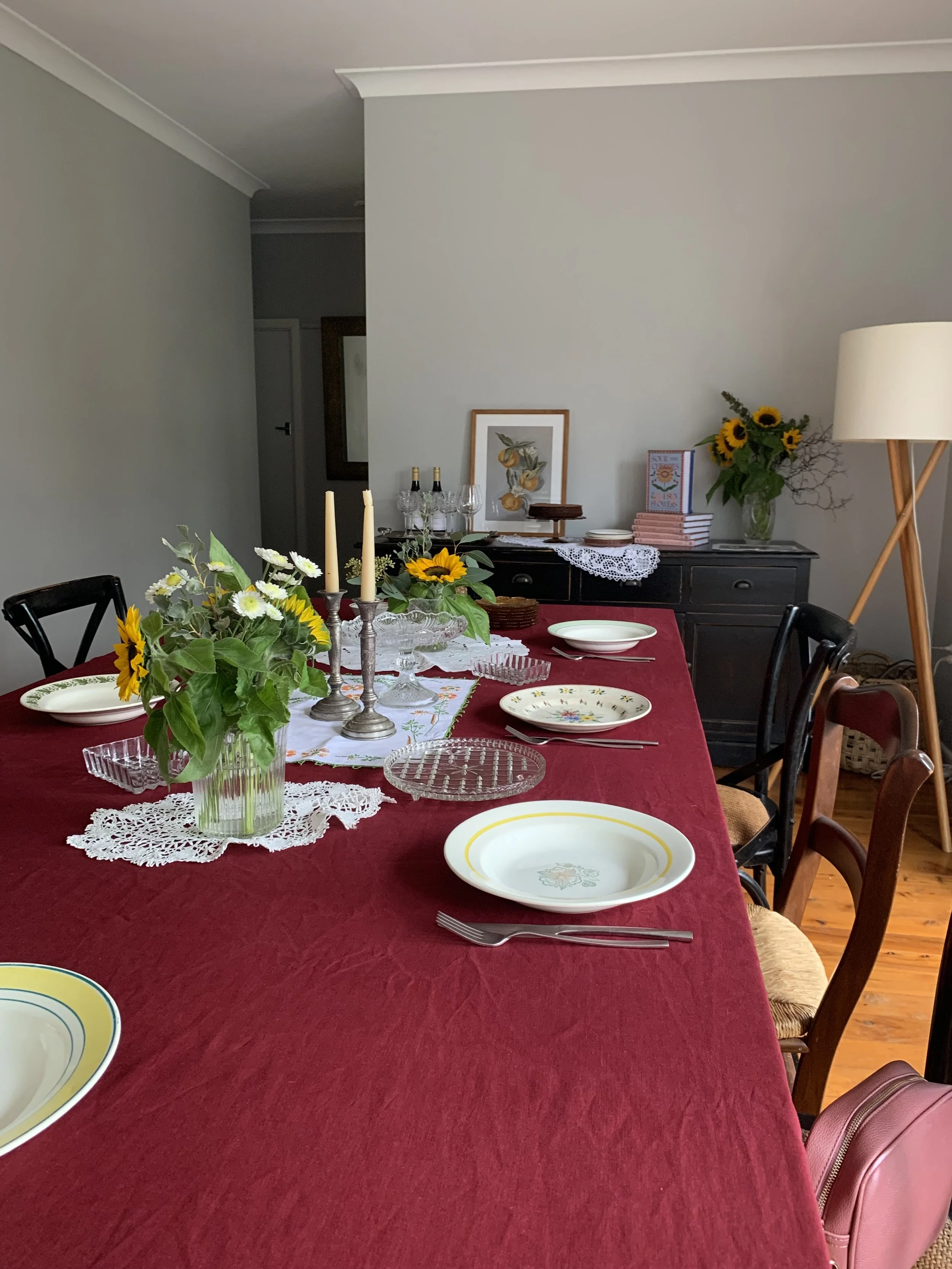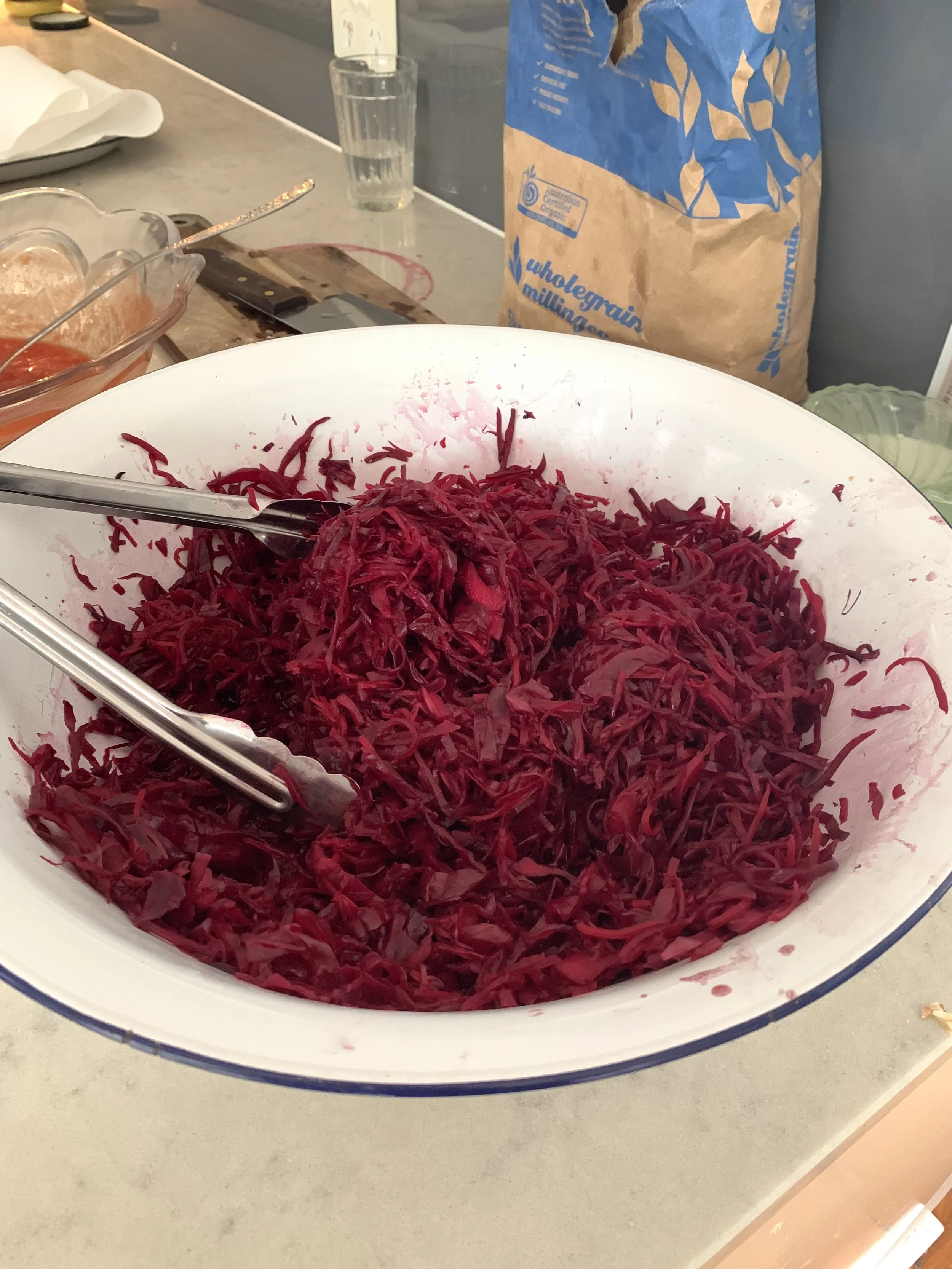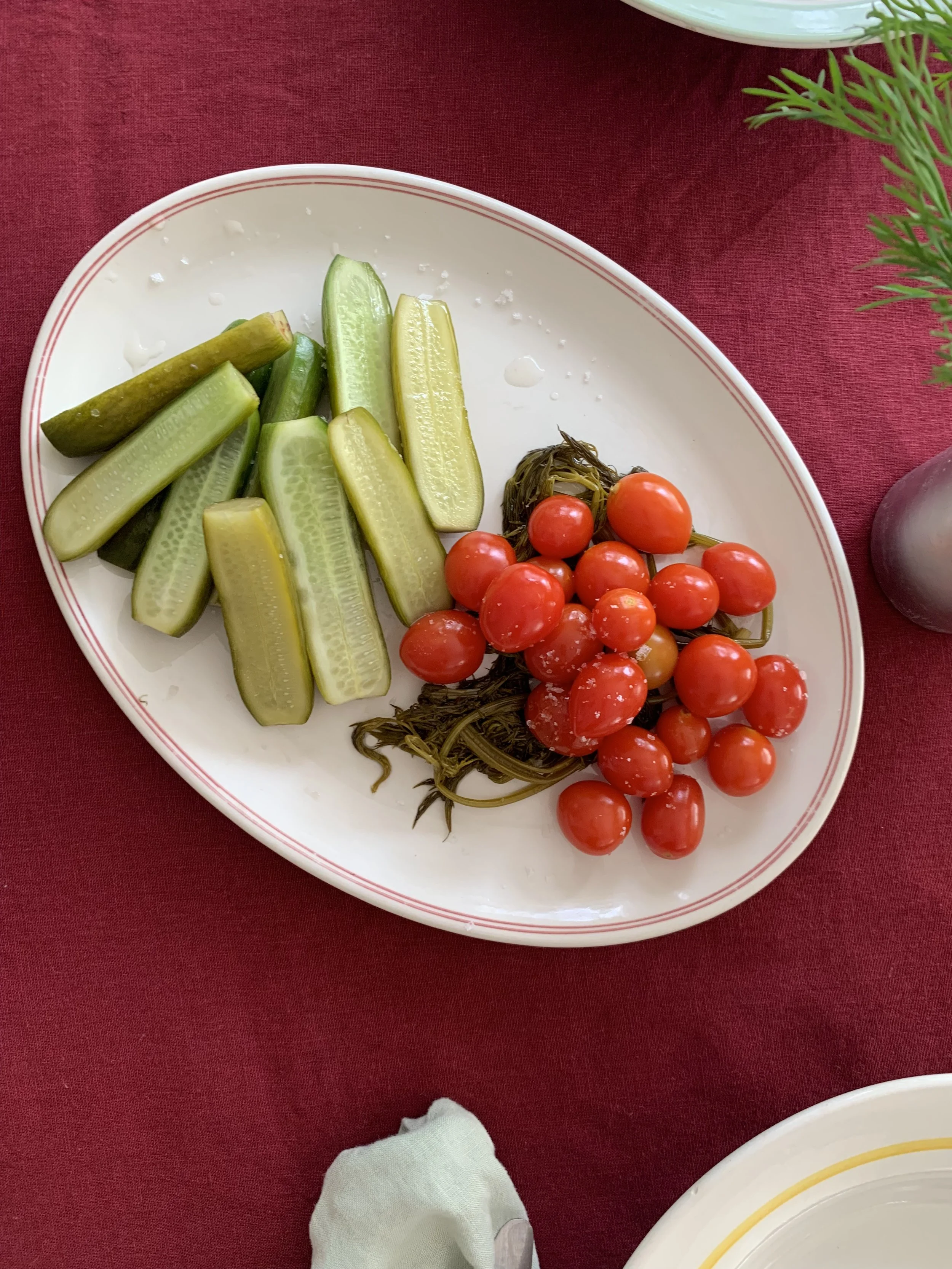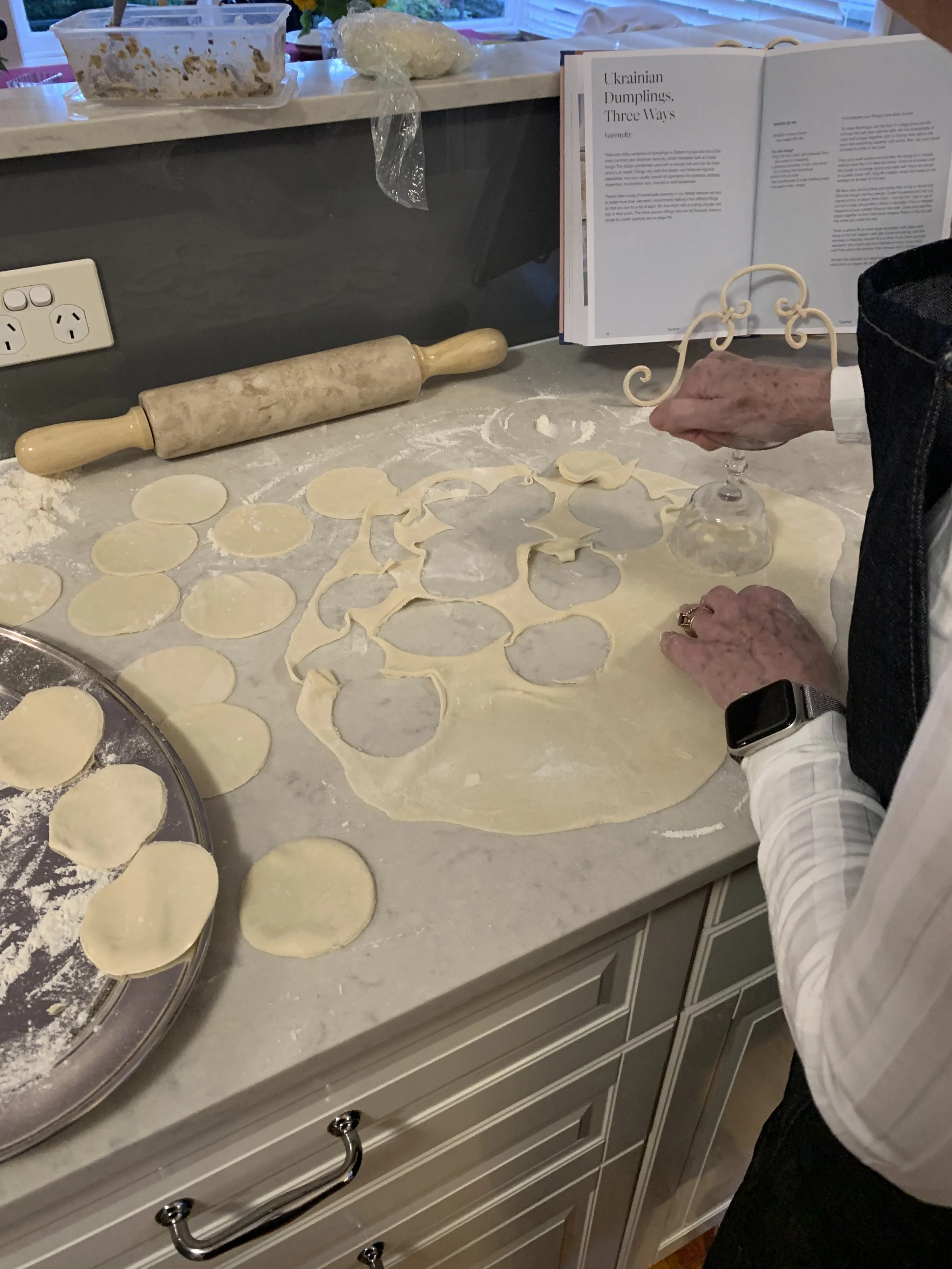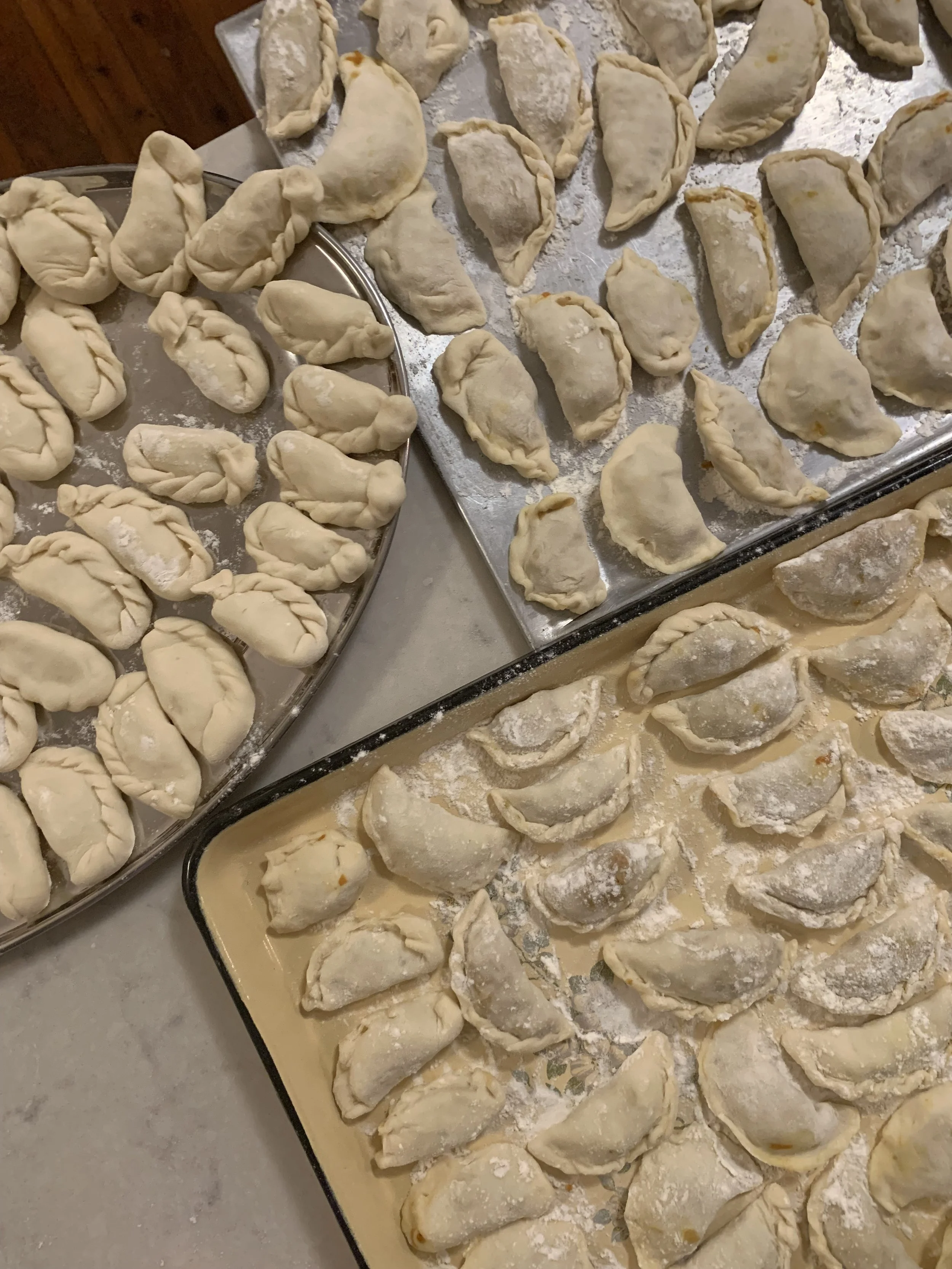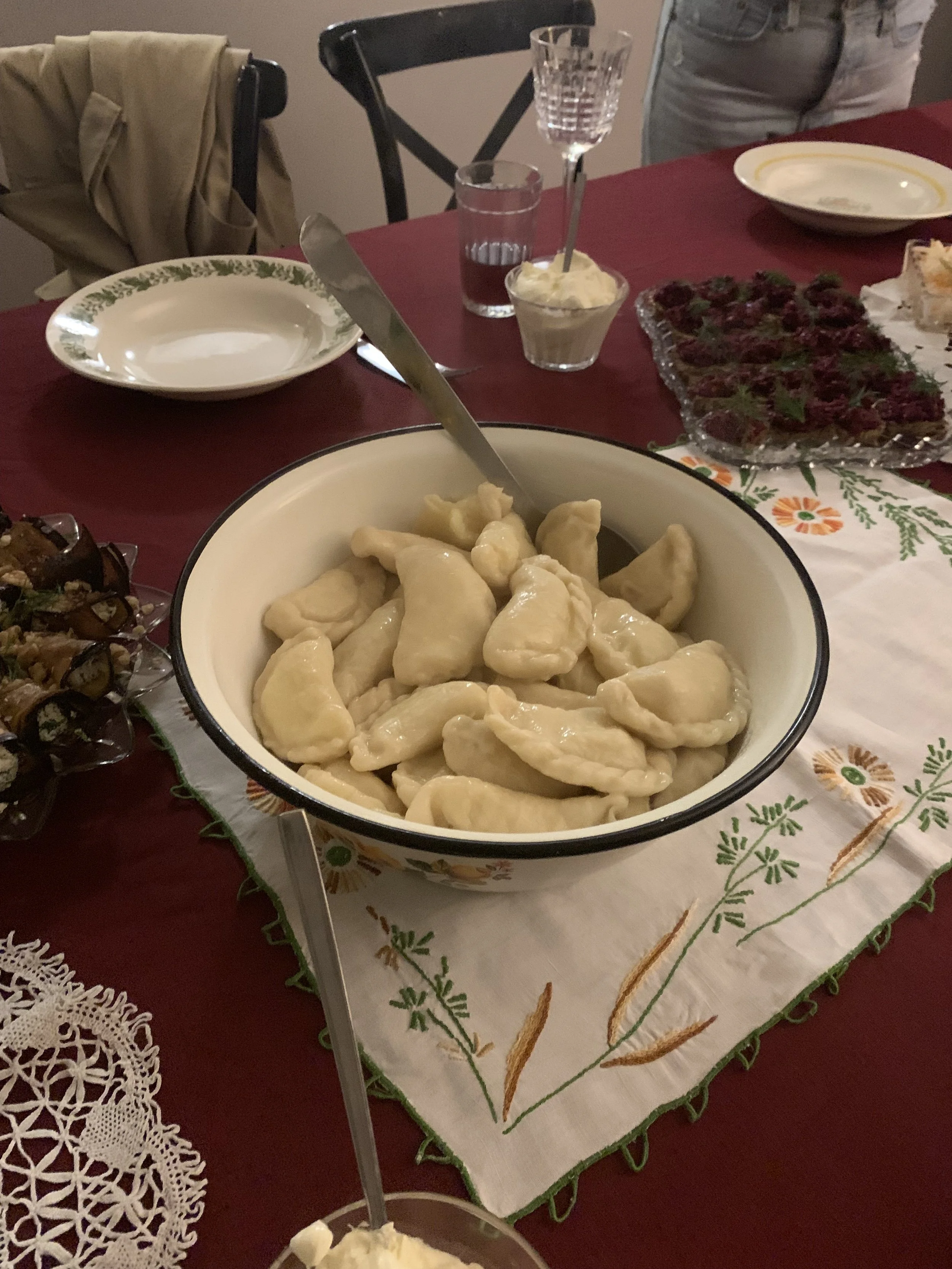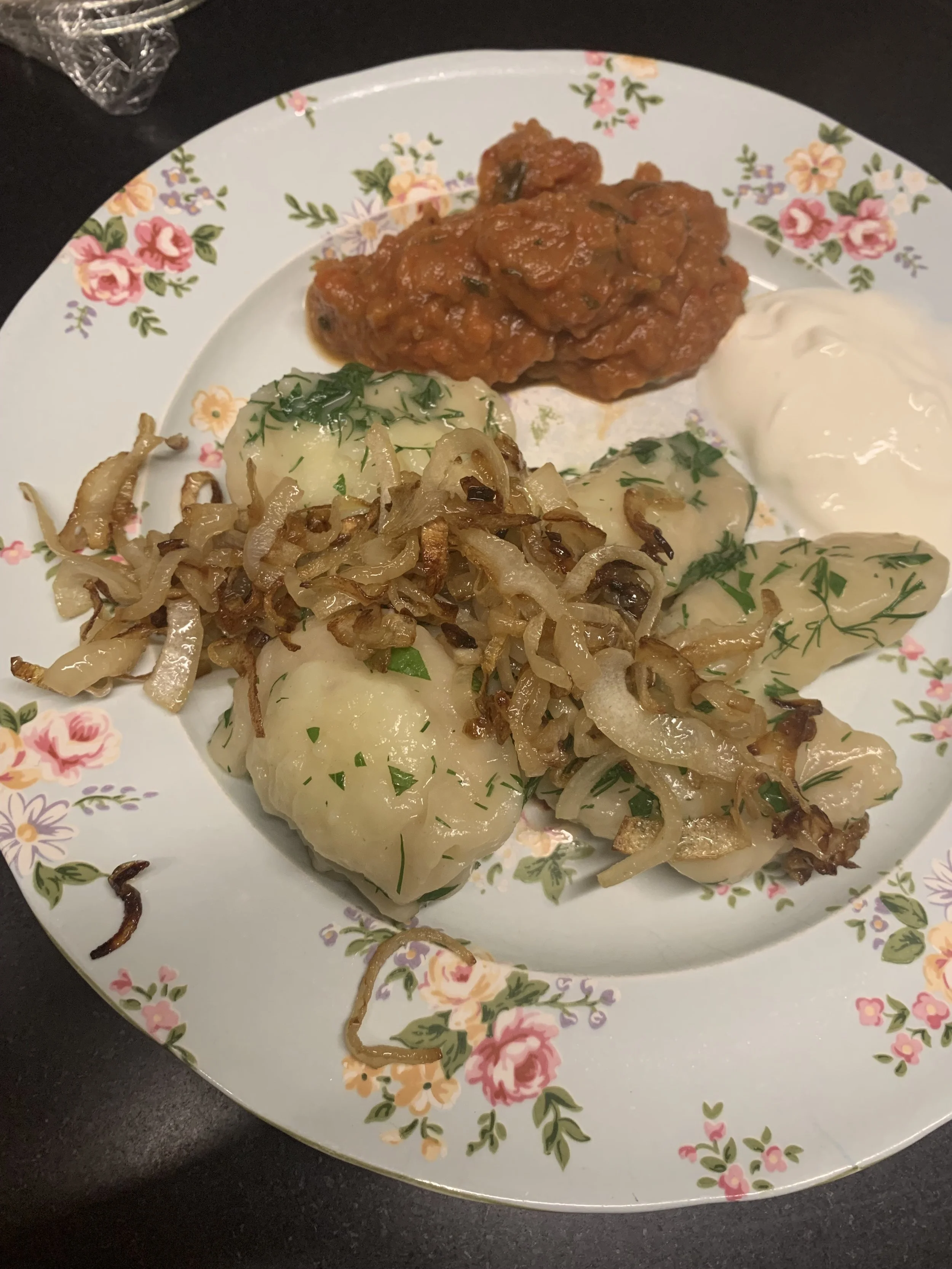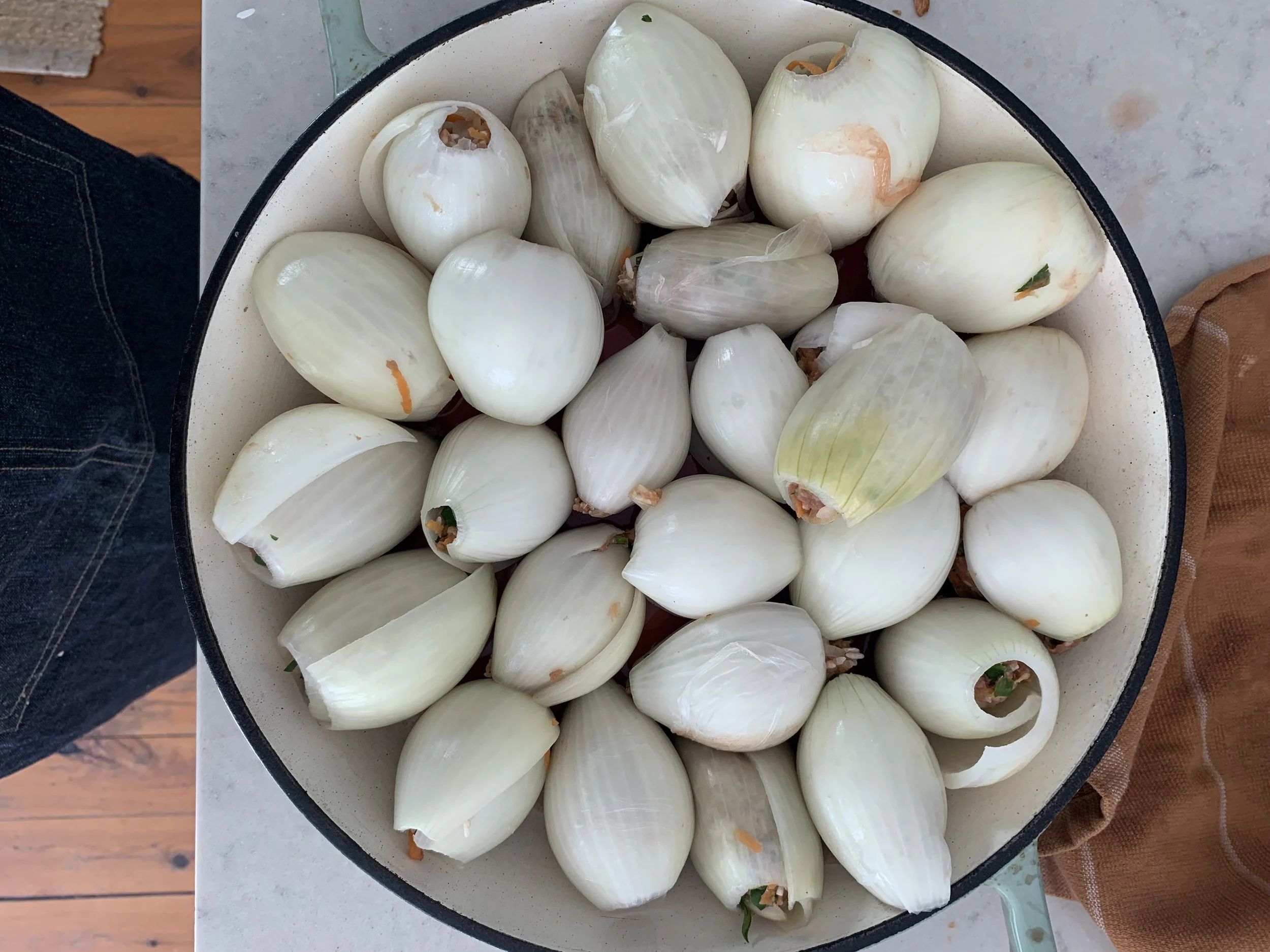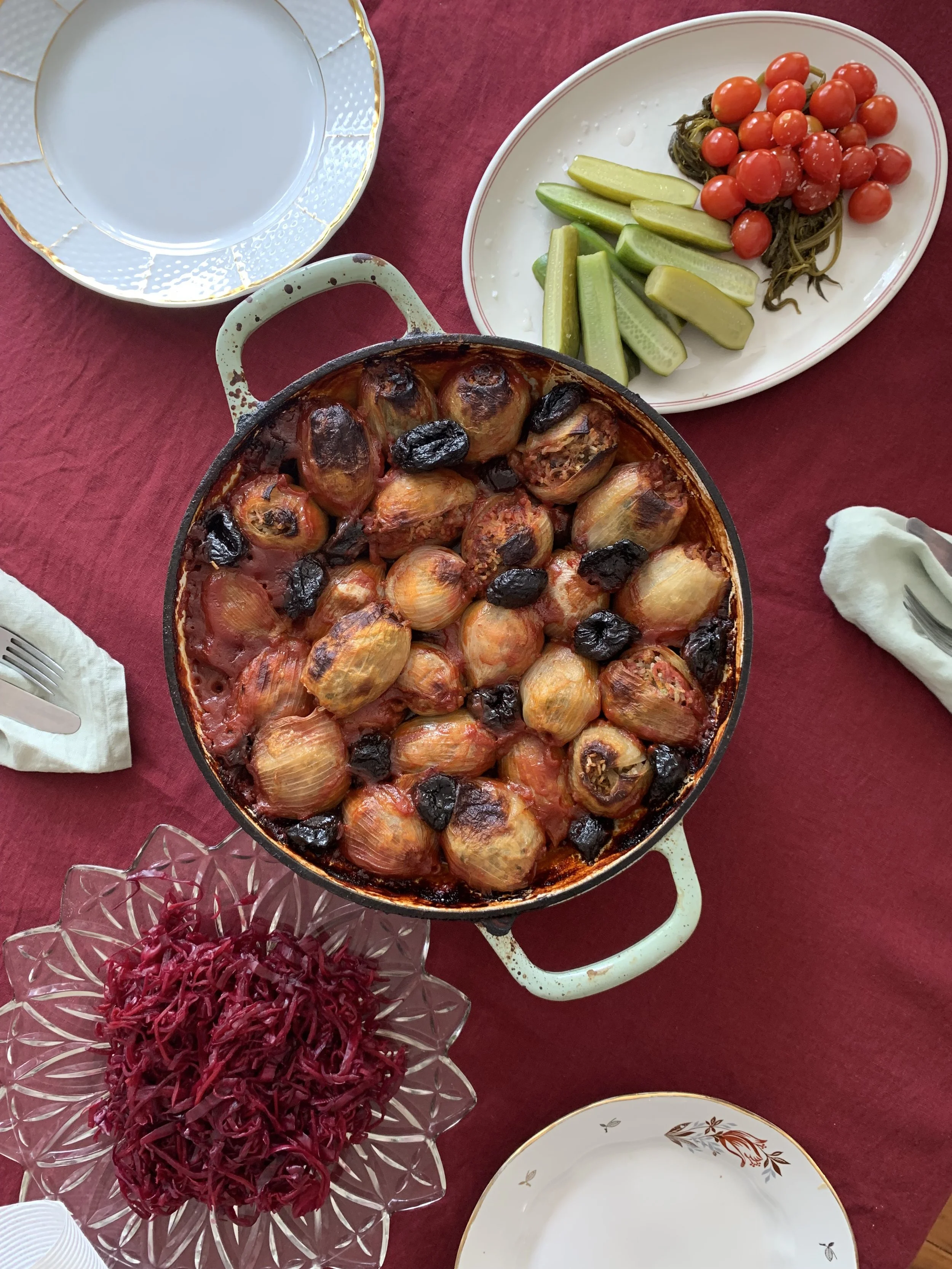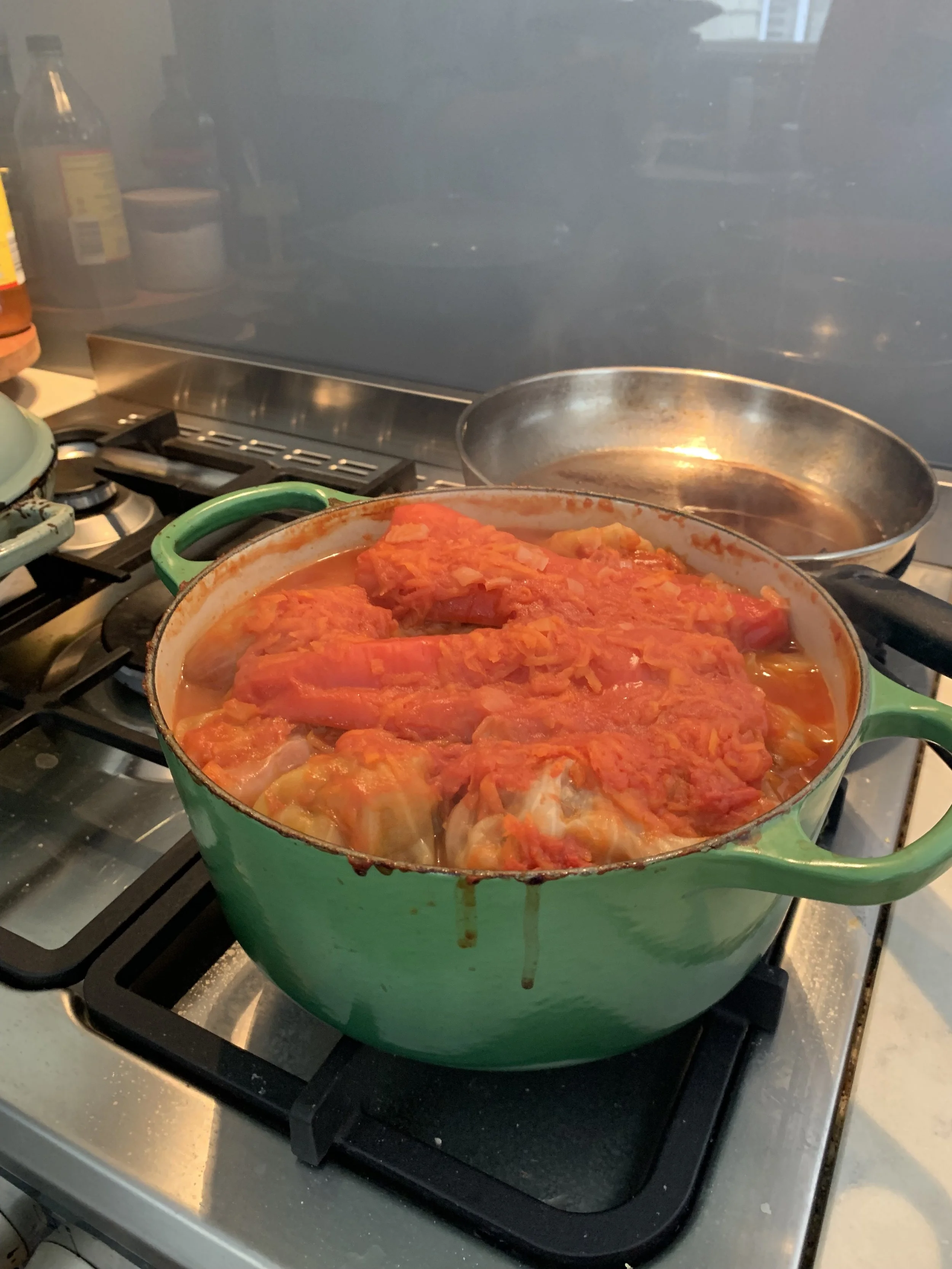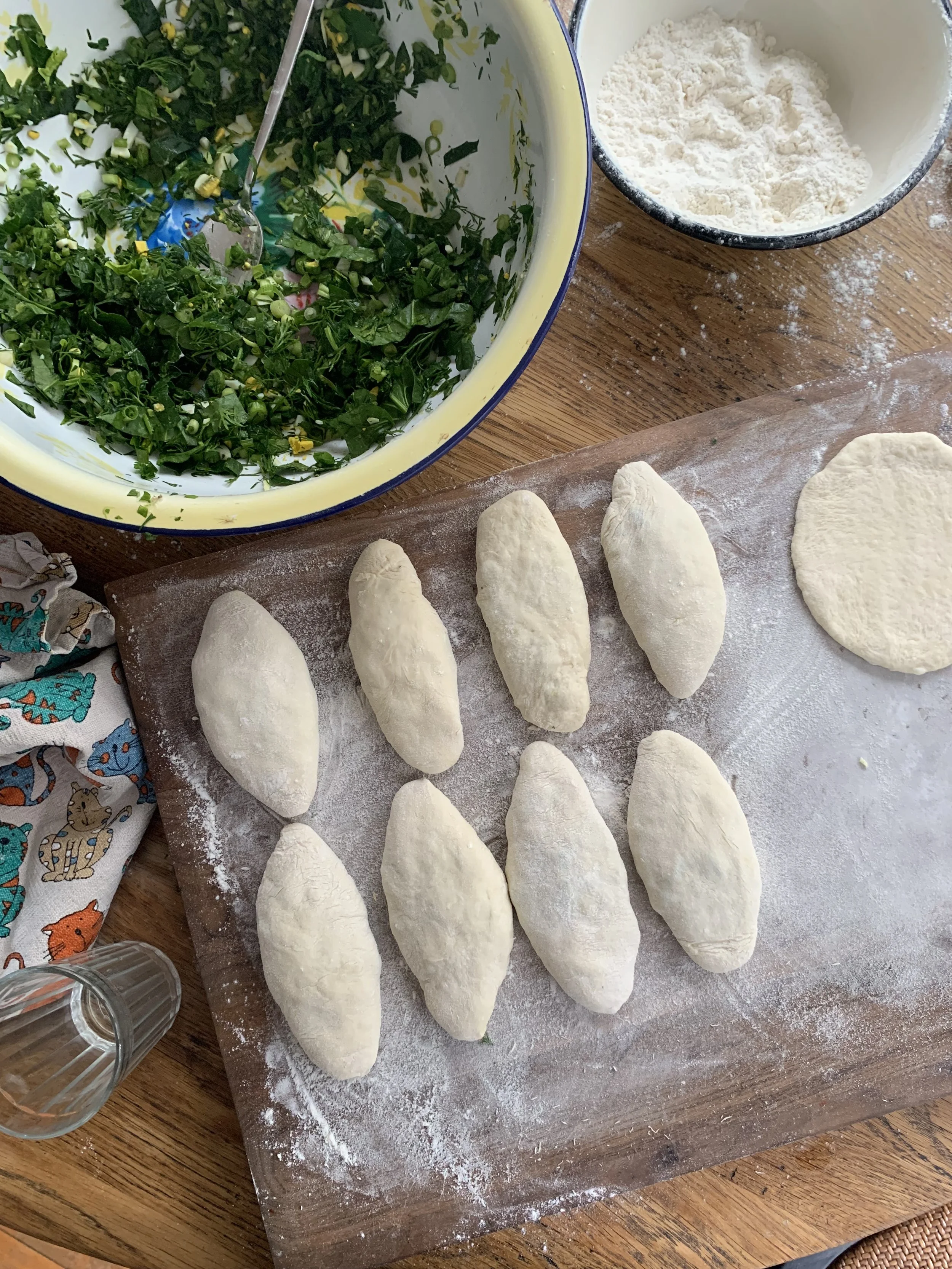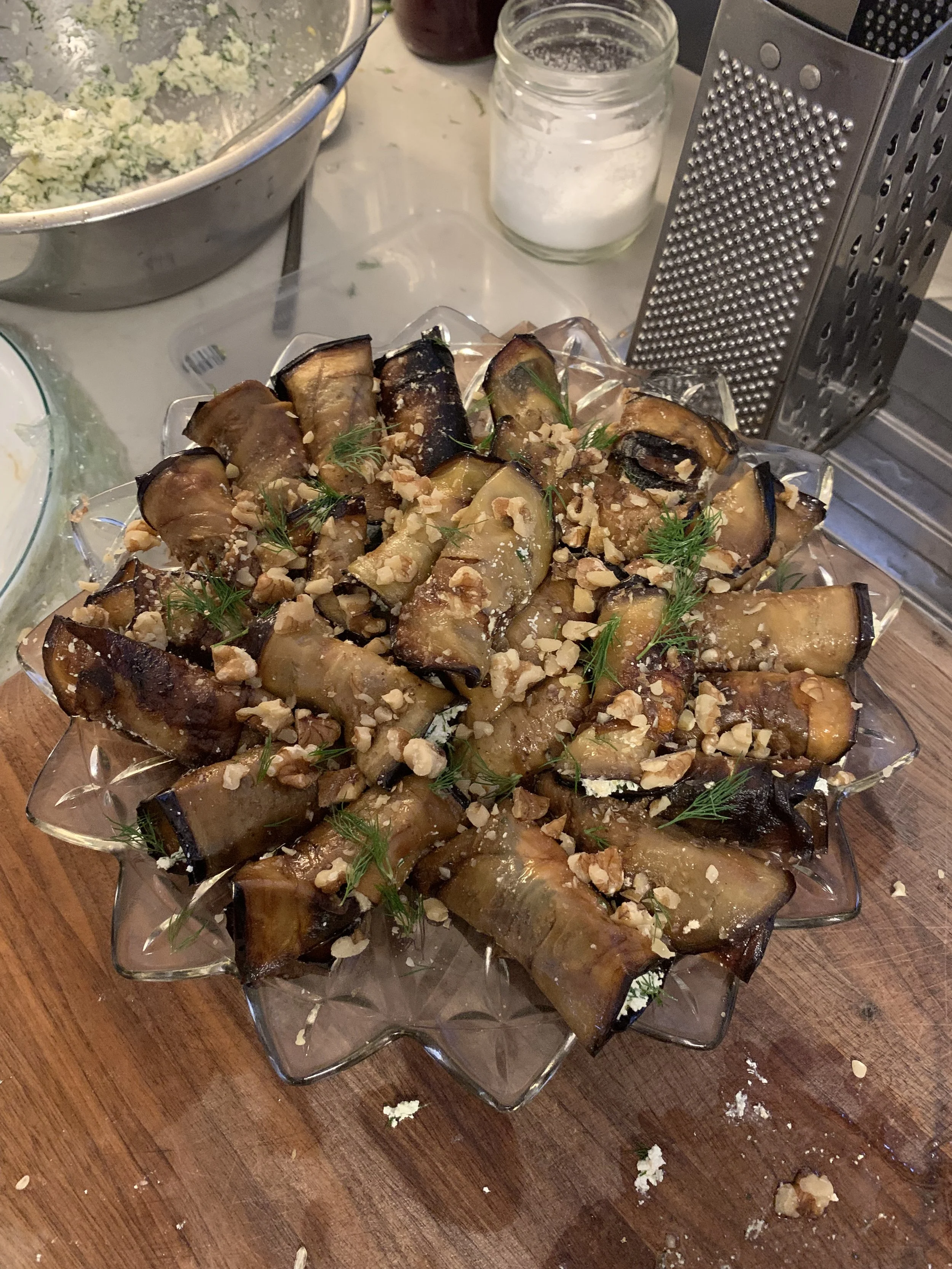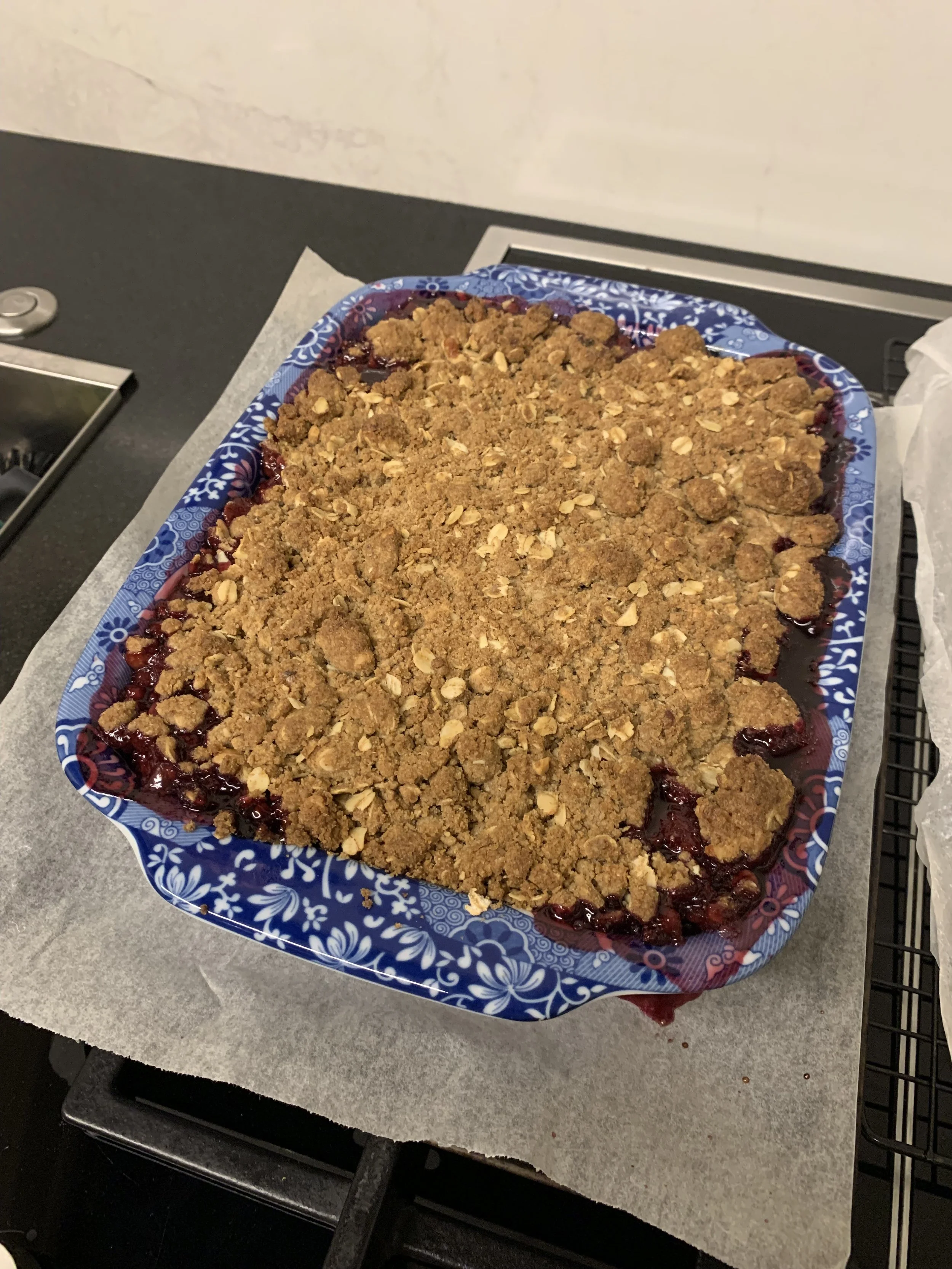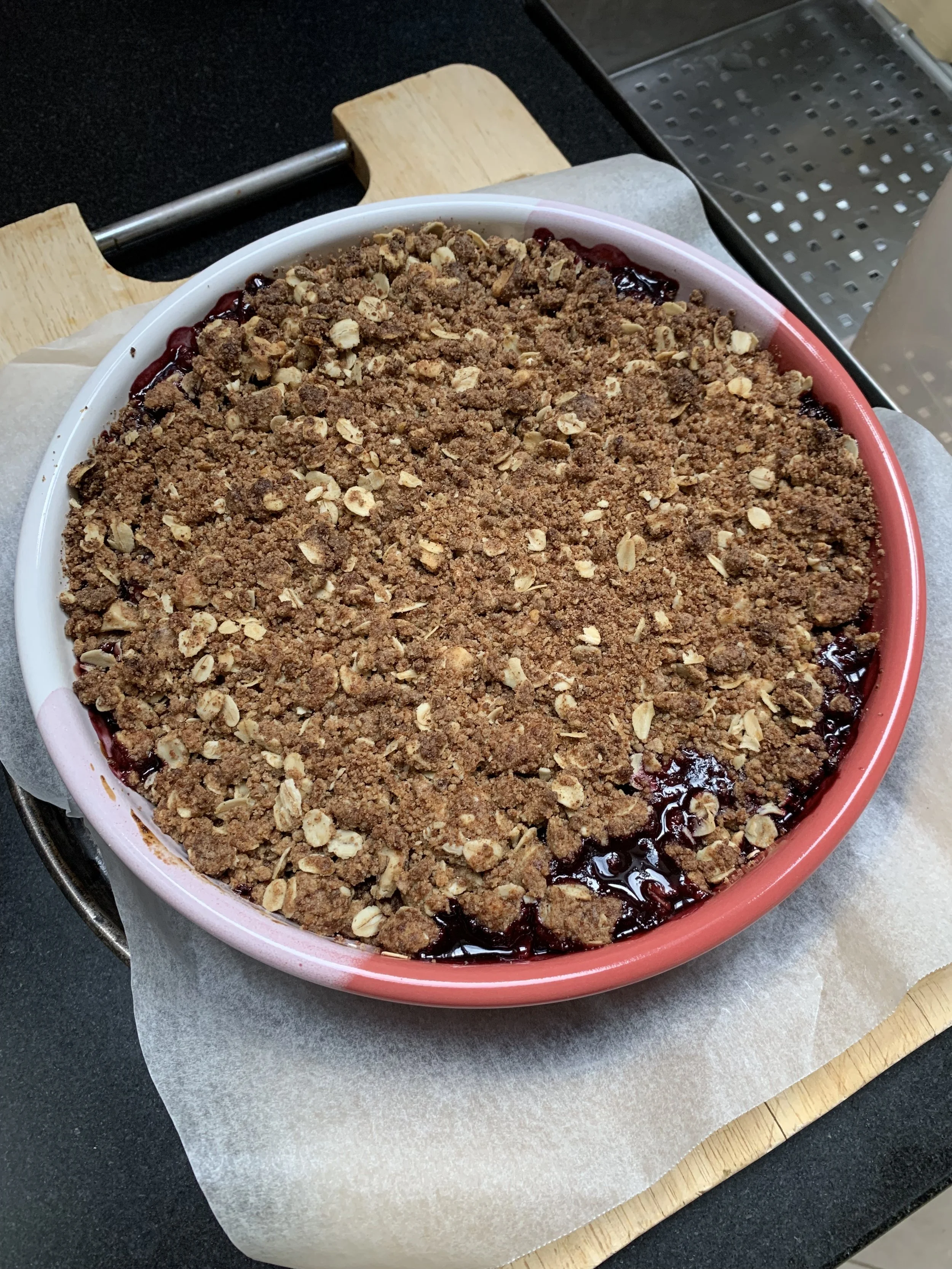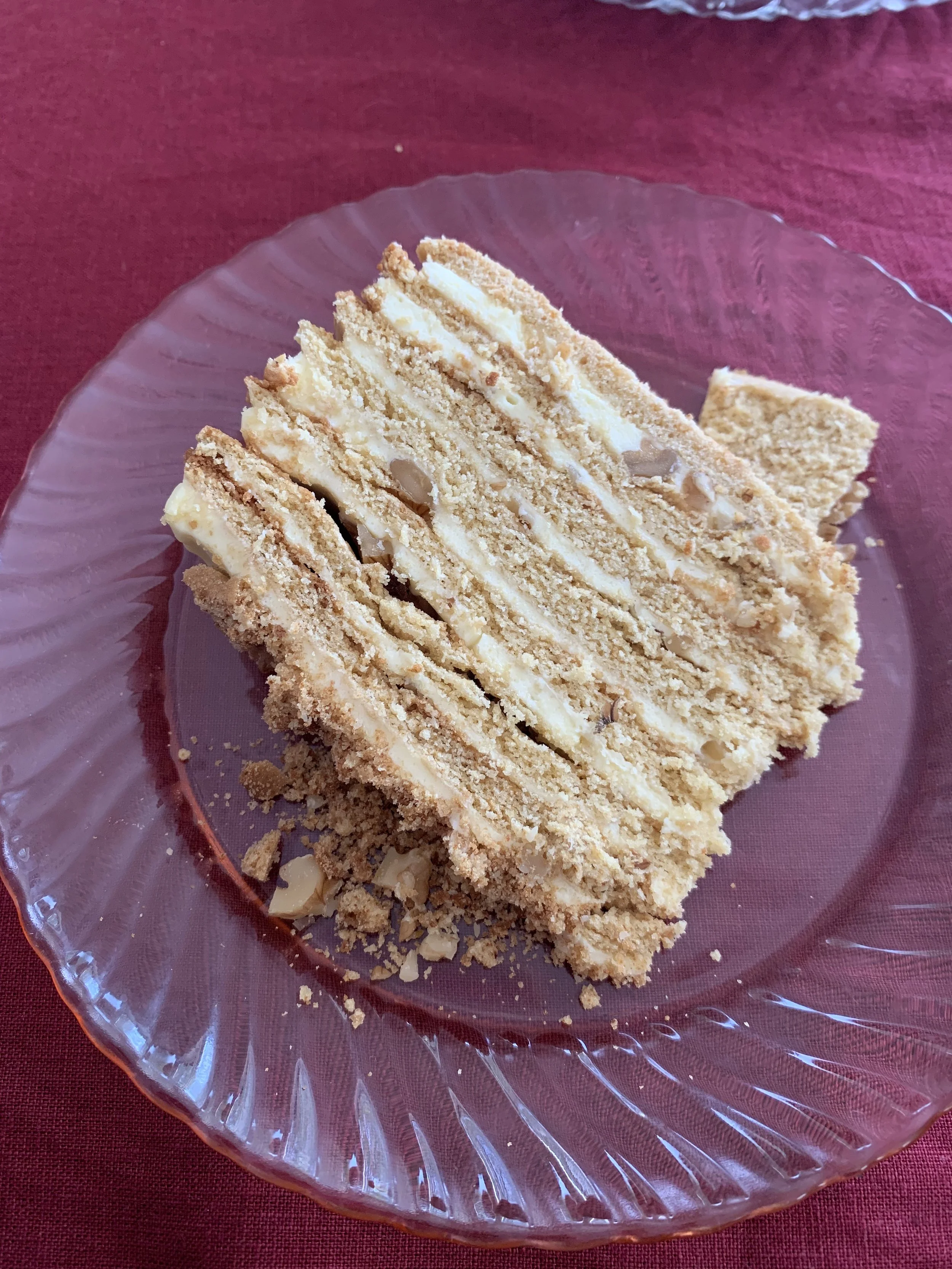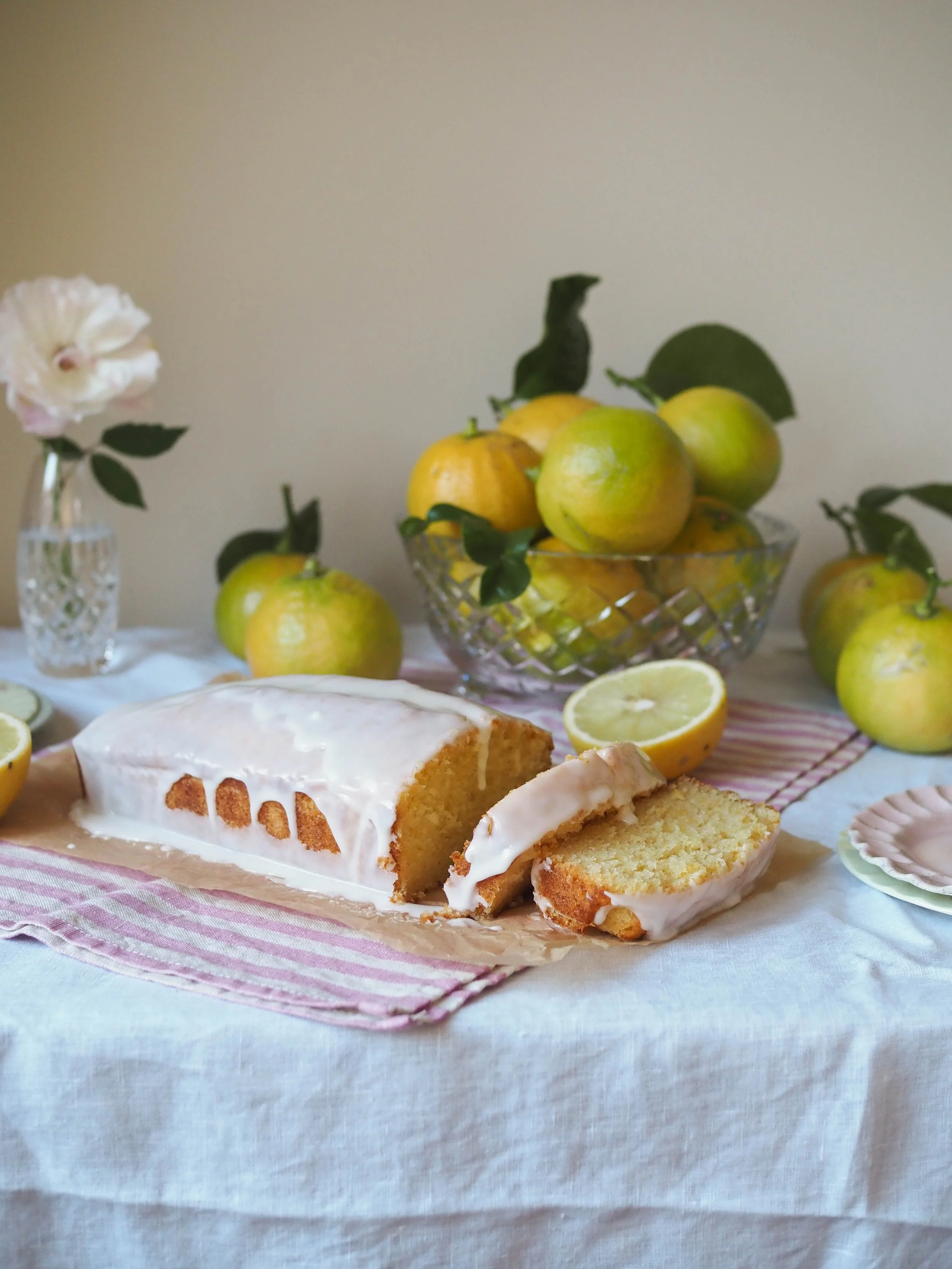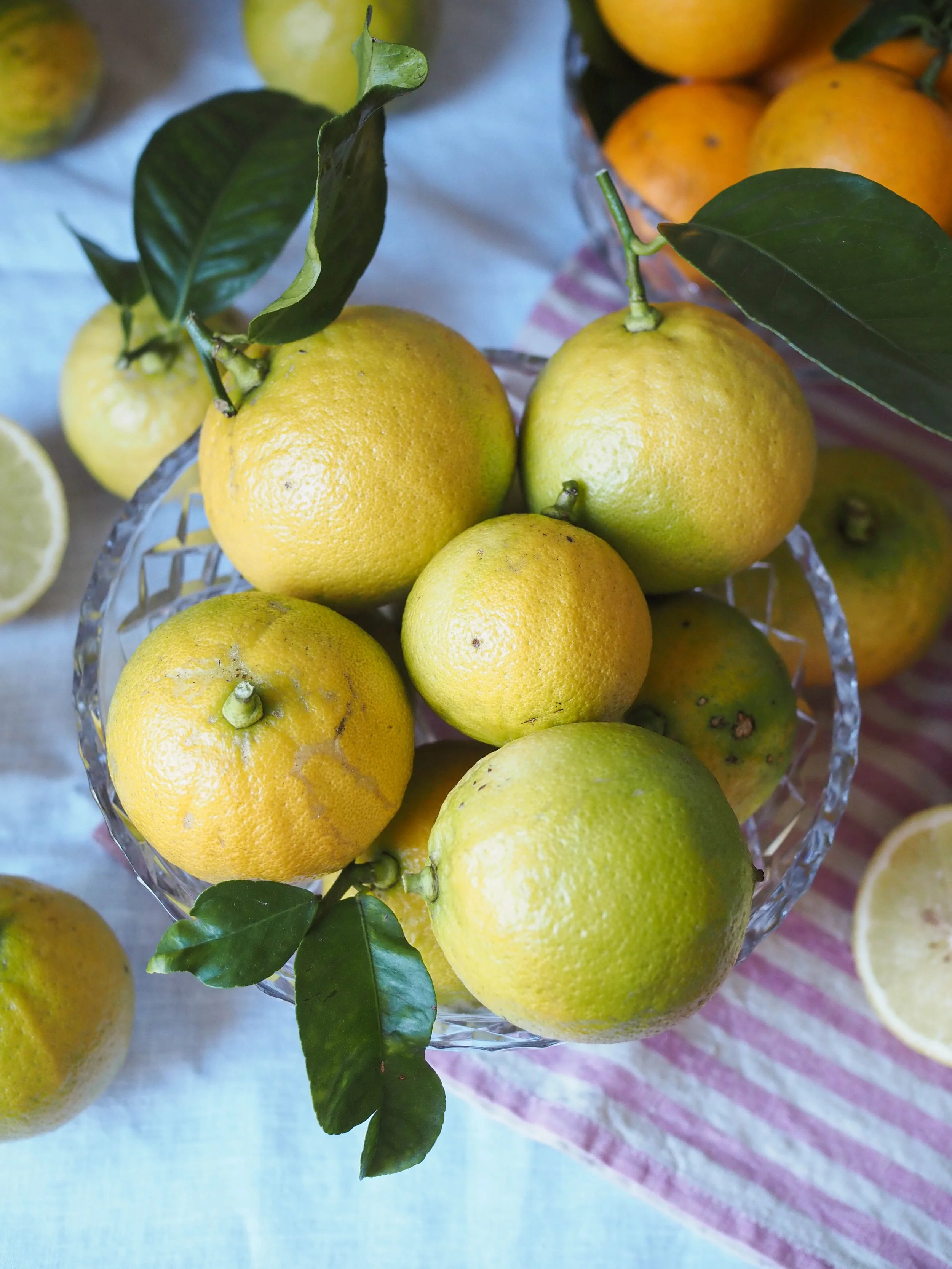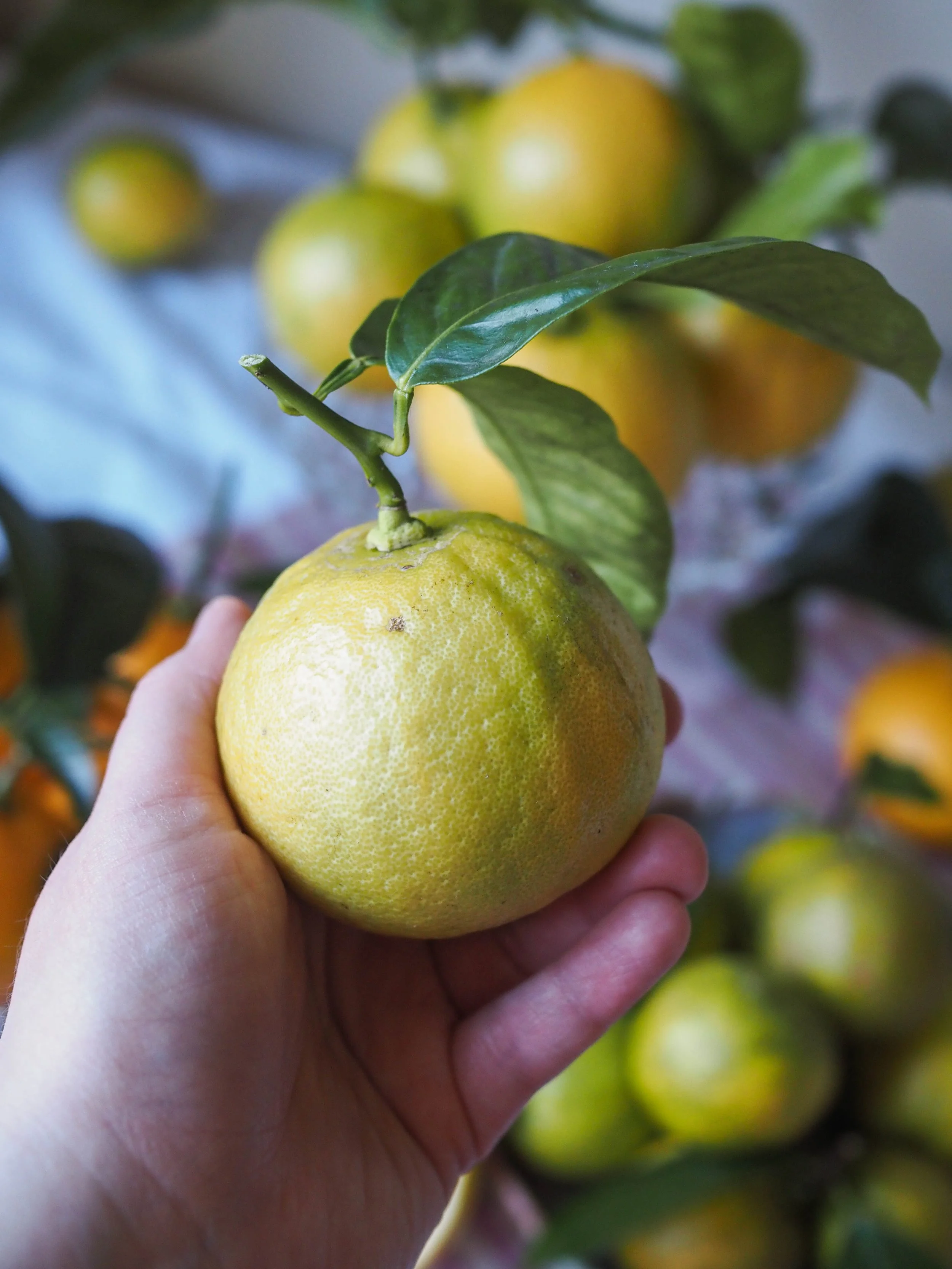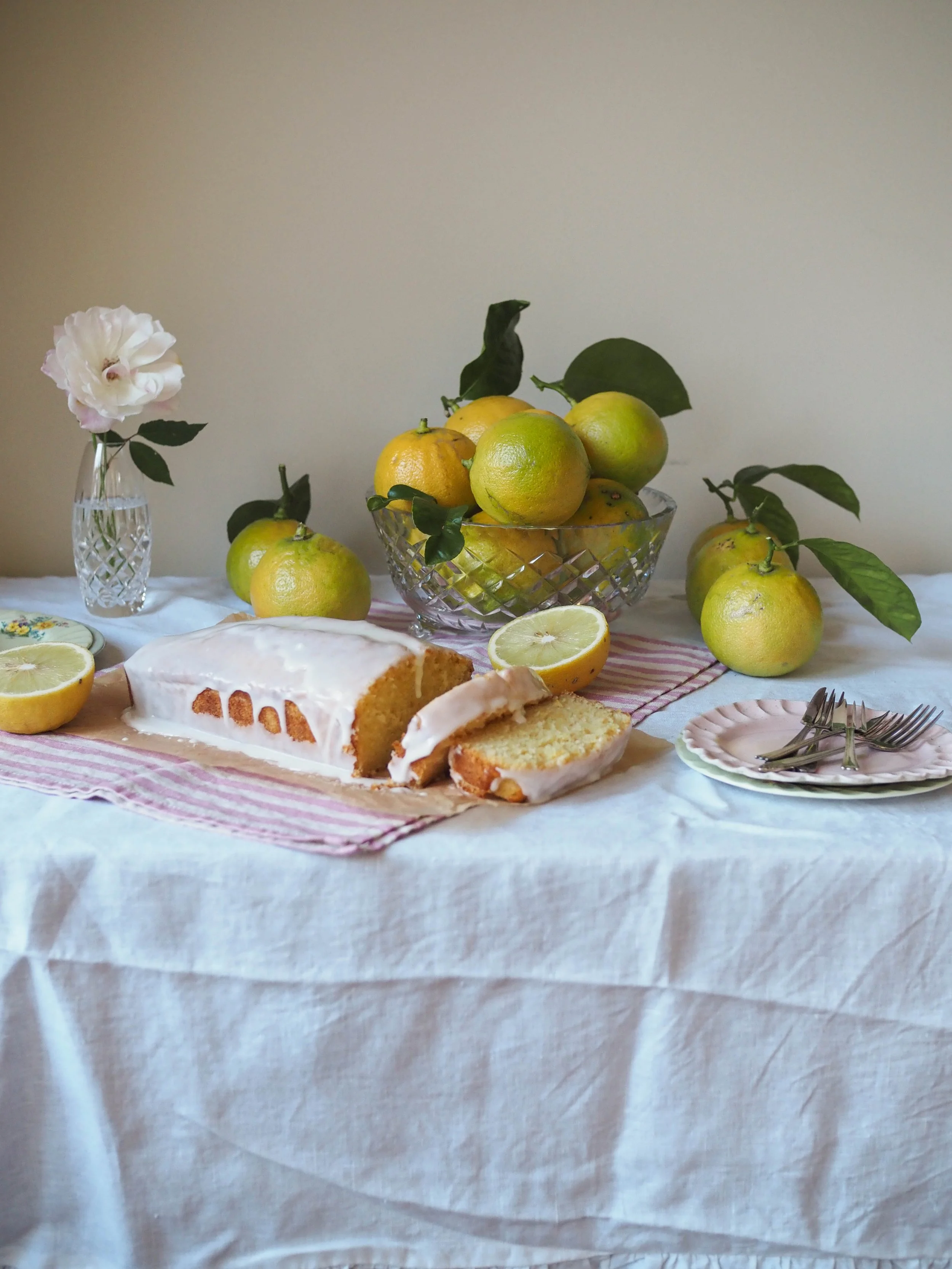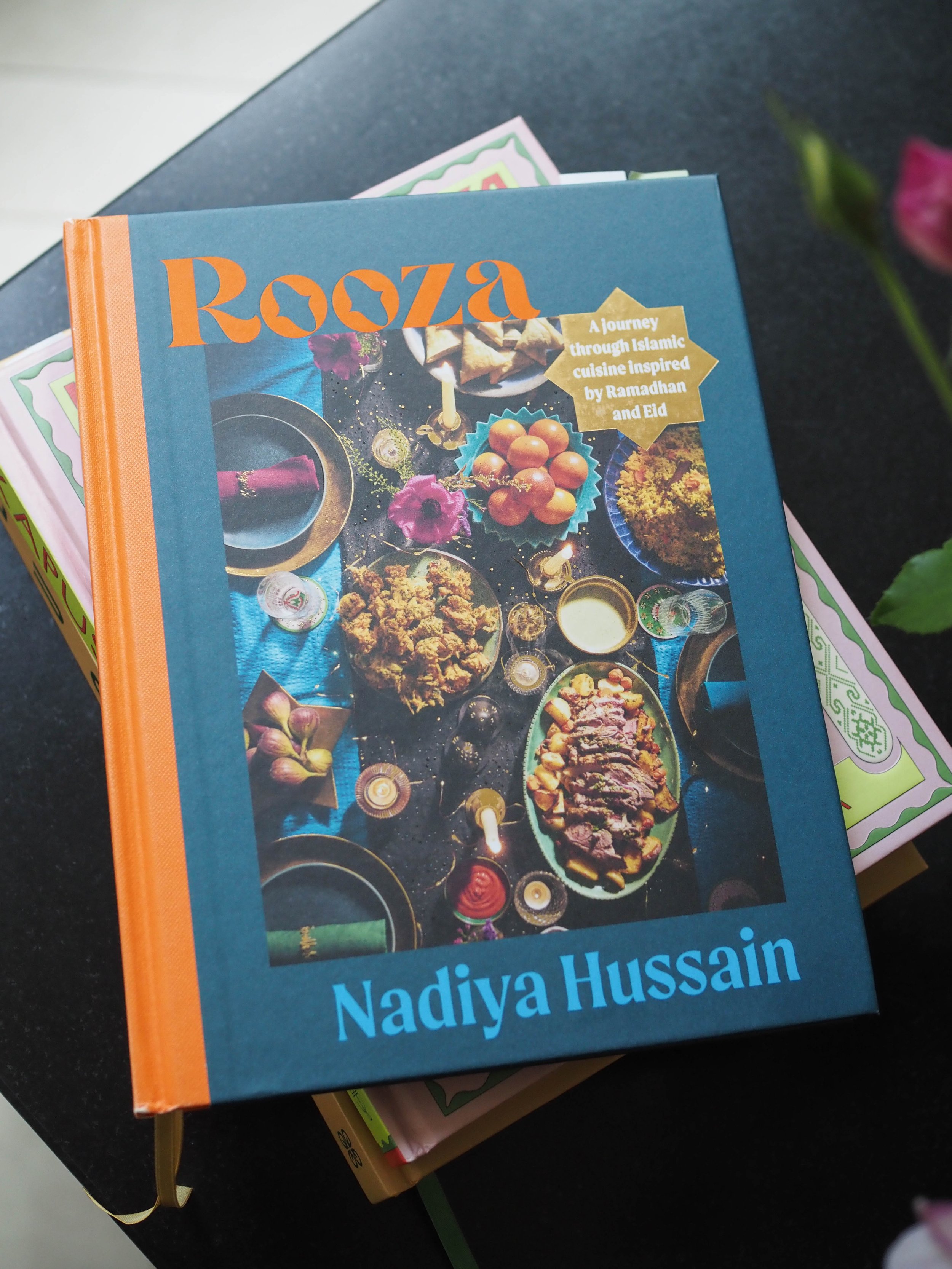I have been making versions of this recipe ever since I discovered it on another food blog years ago. The recipe works every time, and I have made some very small adjustments to it over the years, though the base of this recipe must be credited to Phoodie, where I found the recipe originally.
A couple of years ago I ended up using half brown half dark brown sugar, and half golden syrup half treacle and it gave the biscuits a deeper flavour which I really enjoyed. I also began making them in a much smaller size, then filling jars with them and giving them as gifts. I kept medium sized jars over the year to use at Christmas for this purpose, but you can use whatever you have. I have found the perfect jar size for me is reusing the jars from The Dill Tickle’s Burger Beetroot, which we eat a lot of during the year! Festive gift bags also work well. Stored in a glass jar, these gingerbread biscuits last a decent amount of time, and I can confirm they post well if you need to send a gift to someone!
I use the smallest festive biscuit cutters I have, two of which are about 4cm at their widest point, and another is 5cm. I find this size perfect for the jars I use, and it also means I get a lot of biscuits out of one recipe - somewhere between 100-120 mini biscuits per batch.
I often double this recipe, and freeze one batch of the dough. Gingerbread biscuits are often something I want to make more than once around Christmas, or know I will want to give gifts to people at different times. Freezing some of the dough works really well, and I just put it in thee fridge the night before I want to use it so it has time to defrost. I have given instructions in the recipe when to freeze the dough if you want to do that.
Mini Christmas Gingerbread Biscuits for Gifting
Ingredients:
125g unsalted butter, softened
60g light brown sugar
60g dark brown sugar
85ml golden syrup
85ml treacle
1 egg yolk
390g plain flour
1 tsp ground ginger
1 tsp mixed spice
1 tsp ground cloves
1 tsp ground cardamom
1 tsp ground cinnamon
1 tsp bicarbonate of soda
Method:
Preheat oven to 160 degrees Celsius. Line three large baking trays with baking paper.
In medium bowl whisk together the flour and spices. Sift in the bicarb soda, whisk to combine then set aside.
Using a stand mixer with the paddle attachment, beat the butter and sugar until it is pale and creamy. Add the golden syrup and egg yolk and beat until combined.
Add the flour and spice mixture and combine on very low speed for a few seconds. Remove the bowl from the stand mixer and finish the remaining mixing using a large wooden spoon or spatula.
Turn onto a lightly floured surface and briefly knead until smooth. Press dough into a disc. Cover with plastic wrap and place in the fridge for 30 minutes to rest. If making double quantities separate the dough into two discs.
Once the dough has rested, you can freeze the dough to use at a later date. Defrost in the fridge overnight before using. If making double, I usually pop one lot of dough in the freezer now, and continue baking the other.
Dust your work surface with more flour, then roll the dough out to around 2 mm thickness and cut biscuits out using small festive biscuit cutters (the cutters I used were 4-5cm at their widest point). Place each biscuit on to the prepared trays. Make sure you leave space in between each biscuit as they will expand as they bake. Re-roll excess dough and cut out more biscuits until it is all used up.
Bake for around 7-8 mins, rotating the trays in the oven to ensure everything cooks evenly. When the biscuits are done the edges will begin to turn golden. Allow to cool on wire racks or on the their trays.
Makes about 100 small biscuits (yield will depend in the size and shape of your biscuit cutters).






